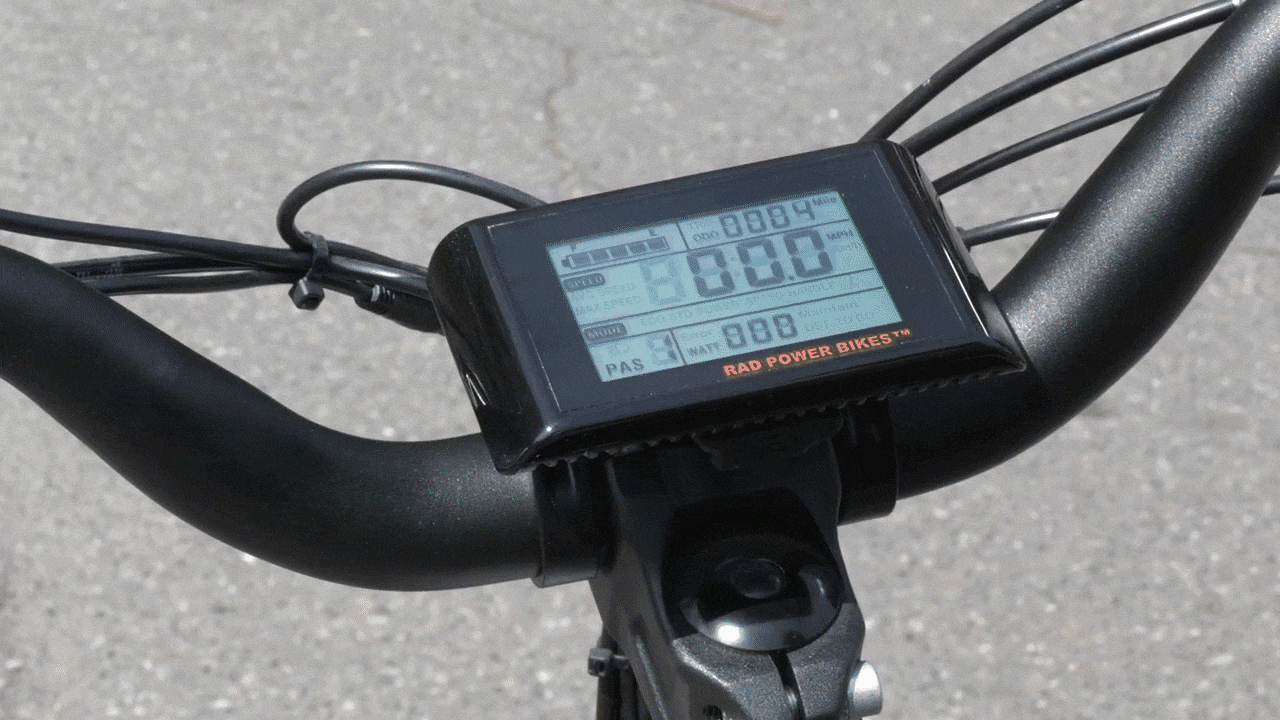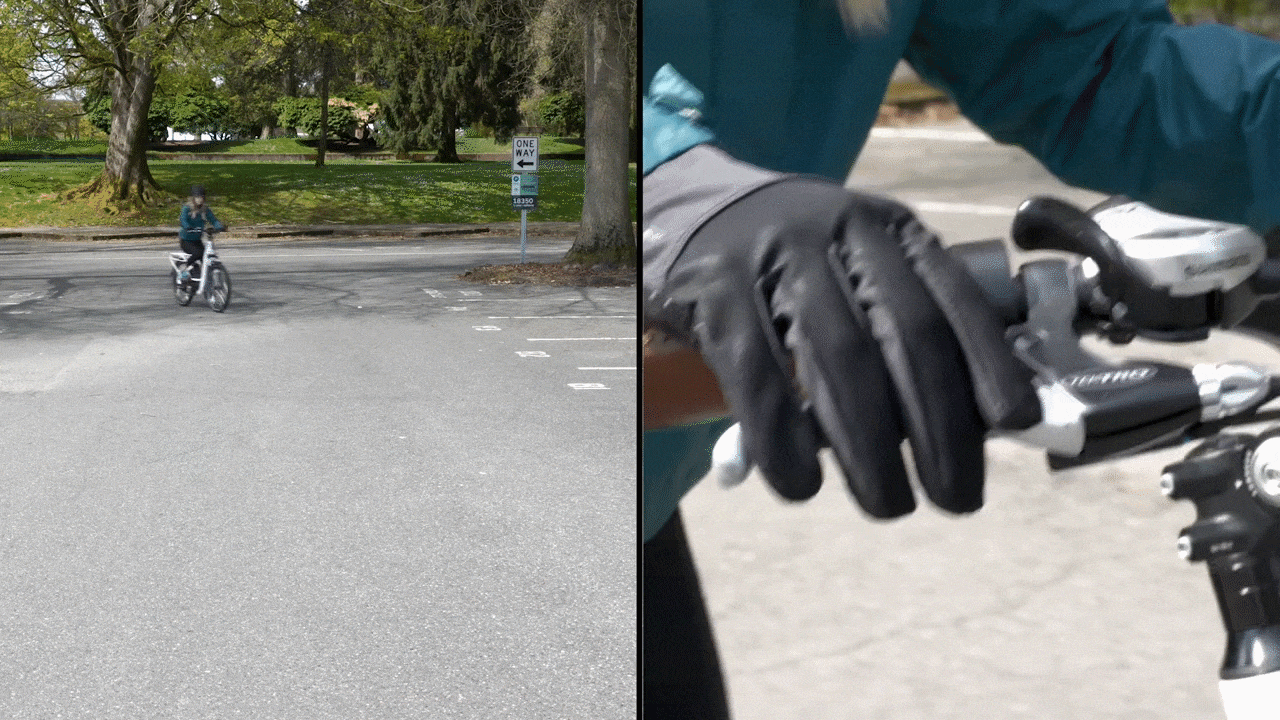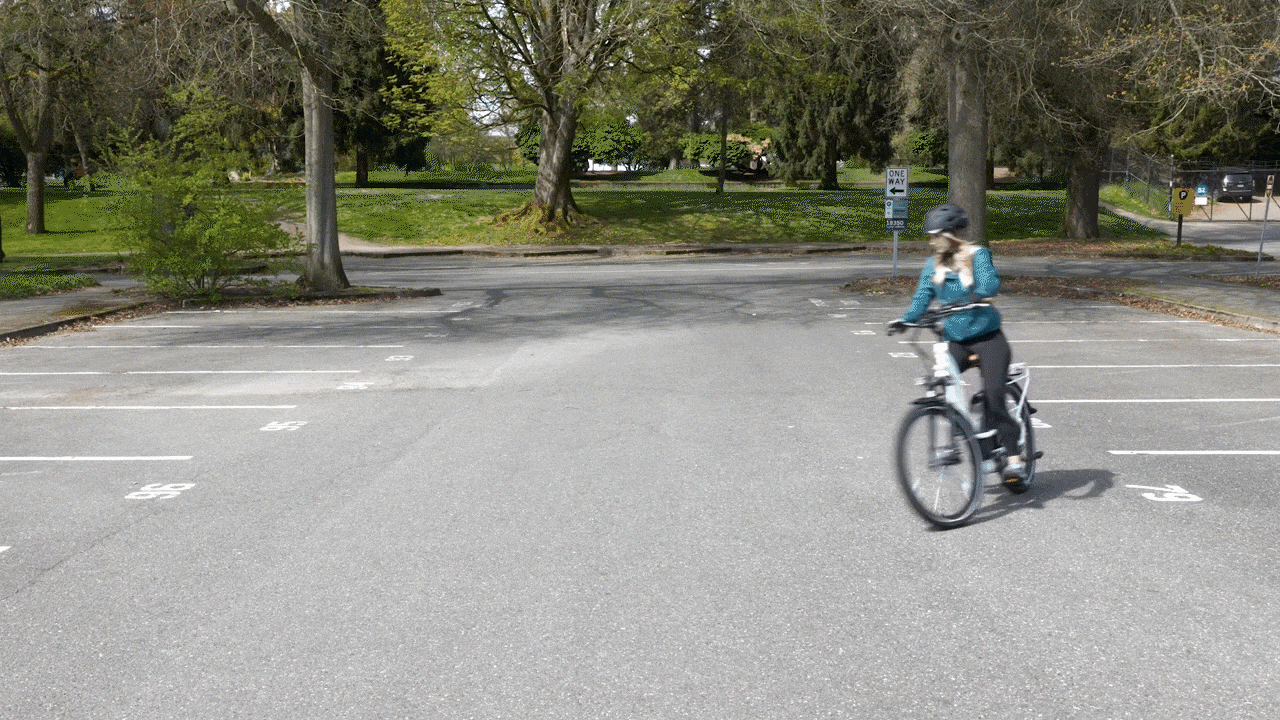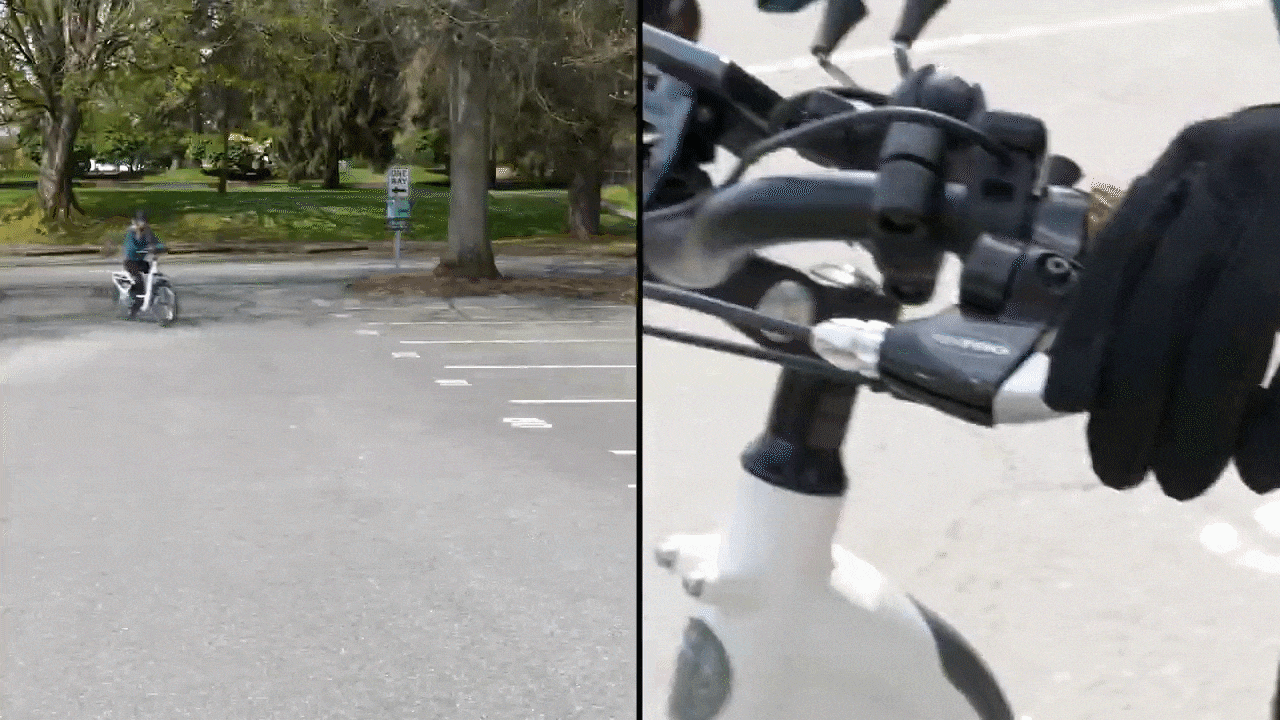Bed-in new brakes
All bikes from Rad Power Bikes come equipped with disc brakes. Disc brake systems need to go through a break-in period (a process called "bedding-in") before they are able to function optimally.
Bedding-in new brakes gets the brake pads and brake rotor ready so you can ride Rad and brake smoothly. The process uses friction to transfer brake pad material to the rotor. The more closely the pattern on the brake pads matches those on the brake rotor, the more effective and powerful the brakes will be. This guide uses a 2019 RadCity Step-Thru but the steps will be the same for all of our models.
Follow the steps below to complete the bedding-in new brakes process.
- Get your bike ready. Once your new bike has been properly assembled and cleared as safe by a certified, reputable bike mechanic, take the bike to a flat, open area with plenty of room and no obstacles. Ensure you have read the Owner’s Manual, are wearing appropriate safety gear, and fully understanding how to operate the bike.
- Start pedaling to 10 MPH. Turn the bike on and start pedaling with no or little pedal assistance and without using the throttle until you reach 10 MPH.

- Gently apply one brake lever slowly and evenly, making sure to not stop the bike completely. Once the bike slows slightly, release the brake lever so the bike is still moving slowly.
DO NOT stop. Braking to a complete stop can leave a build-up of pad material in one spot on the rotor. Make sure to start riding the bike, squeeze the brake, slow the bike, and release the brake lever while the bike is still moving.

- Repeat the process around 10 times in a row with the same brake lever, making sure to not stop the bike completely. The brake power will increase with each repetition. Working one brake lever at a time will maximize the heat generated through the friction of the pads on the rotor and will help transfer an even layer of pad material onto the rotor.
Bedding-in brakes in cold weather will likely take a few more pulls to generate sufficient heat to transfer adequate pad material to the rotor.

- Repeat the process with the other brake lever. Once again, start pedaling with no or little pedal assistance until you reach 10 MPH and gently apply the other brake lever to slow the bike without completely stopping it about 10 times in a row.
- Increase speed to 15 MPH. Increase your speed to 15 MPH and repeat the bed-in process, one brake lever at a time.

- Once this process is complete, always use both brake levers to slow and stop the bike to get the most life out of your brakes. If the brakes seem loose after completing this process, click HERE to learn how to adjust mechanical brakes, or HERE to learn how to adjust hydraulic brakes.
- Test the bike fully and ride Rad!
